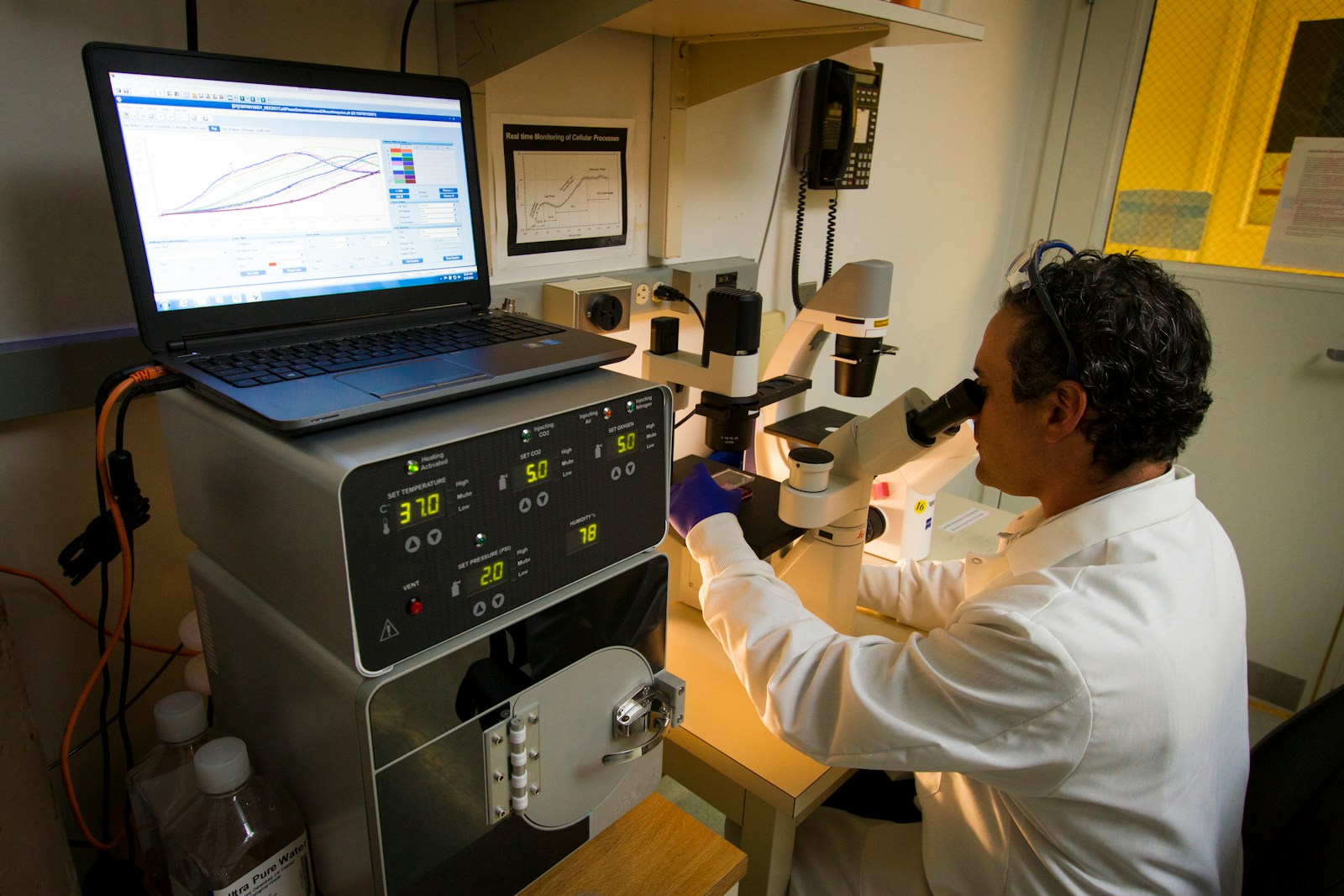Diabetic Retinopathy
Diabetic Retinopathy
Diabetic retinopathy, a leading cause of blindness among adults, is a condition that primarily affects individuals with diabetes, characterized by damage to the blood vessels of the light-sensitive tissue at the back of the eye (the retina). As treatments for type 2 diabetes evolve, medications such as Ozempic (semaglutide) have come to the forefront for their efficacy in managing blood sugar levels. However, concerns have emerged regarding potential adverse effects, including the exacerbation or onset of diabetic retinopathy in some patients.
Understanding Ozempic and Diabetic Retinopathy
Ozempic, administered via injection, is designed to improve blood sugar control in adults with type 2 diabetes, working by mimicking the hormone incretin, which increases insulin production. While effective in managing diabetes, some patients report the onset or worsening of diabetic retinopathy after initiating treatment with Ozempic. This has led to scrutiny over the drug’s safety profile and its implications for diabetic eye health.
The connection between Ozempic and diabetic retinopathy may be linked to rapid changes in blood sugar levels, which can exacerbate retinal damage. The American Diabetes Association underscores the importance of closely monitoring patients with a history of retinopathy who are undergoing treatment with drugs that significantly alter blood sugar levels.
The Legal Perspective: Product Liability and Ozempic
Patients experiencing adverse effects like diabetic retinopathy may consider legal action under the umbrella of product liability. This legal area addresses injuries caused by defective or unexpectedly harmful products, including pharmaceutical drugs. A successful claim typically hinges on demonstrating that the drug was defective or that the manufacturer failed to provide adequate warnings about potential risks.
In the case of Ozempic, a lawsuit would likely focus on whether the manufacturer, Novo Nordisk, sufficiently warned patients and healthcare providers about the risk of diabetic retinopathy. Legal claims might also explore whether there was negligence in the drug’s design, manufacturing, or marketing processes.
Role of Personal Injury Lawyers in Pharmaceutical Litigation
Personal injury lawyers with expertise in pharmaceutical litigation are pivotal for patients considering a lawsuit related to diabetic retinopathy caused by Ozempic. These legal professionals offer specialized knowledge in navigating the complexities of drug-related injury claims, including an in-depth understanding of medical terminology, product liability laws, and the nuances of the pharmaceutical industry.
An experienced lawyer will begin by thoroughly reviewing the patient’s medical history, including the timeline of Ozempic treatment and the development of diabetic retinopathy. Gathering comprehensive evidence is crucial, which may involve obtaining expert medical opinions, analyzing clinical trial data, and reviewing FDA reports and drug labeling information.
Building a Case: From Evidence to Compensation
Building a compelling case against a pharmaceutical giant like Novo Nordisk demands a strategic approach. The initial step involves establishing a causal link between Ozempic and the onset or worsening of diabetic retinopathy. This requires medical evidence showing that the drug likely contributed to the patient’s condition.
The legal team will also assess the extent of damages suffered by the patient, which includes medical expenses, loss of income, pain and suffering, and potentially, costs related to vision loss or blindness. Demonstrating the impact of the injury on the patient’s quality of life is essential for justifying the compensation sought.
A crucial aspect of the case will involve scrutinizing the drug’s labeling and marketing materials for any failure to adequately warn about the risk of diabetic retinopathy. If evidence suggests that Novo Nordisk downplayed the risks or omitted critical safety information, this could significantly strengthen the patient’s claim.
The Path to Recovery: Legal and Beyond
For patients affected by diabetic retinopathy after taking Ozempic, pursuing legal action offers a pathway to financial recovery and justice. Beyond individual compensation, these lawsuits can have broader implications, potentially leading to stricter regulatory oversight, enhanced patient education, and more rigorous safety monitoring of diabetes medications.
Personal injury lawyers play a critical role in this process, guiding patients through the complexities of the legal system and advocating on their behalf. By holding pharmaceutical companies accountable, these legal actions contribute to improving drug safety and protecting future patients from similar adverse effects.
In conclusion, while Ozempic represents a significant advancement in diabetes treatment, its potential link to diabetic retinopathy raises important concerns. Patients experiencing this serious side effect have legal options available, and with the support of skilled personal injury lawyers, they can seek the compensation and justice they deserve. These legal efforts not only aid the affected individuals but also contribute to enhancing the overall safety and efficacy of diabetes medications, ultimately benefiting the broader patient community.
Legal News
-
The Timeline of an Ozempic Lawsuit Explained
Discover the typical timeline of an Ozempic lawsuit from filing to potential settlement.
-
Choosing the Right Lawyer for Your Ozempic Case
Tips on selecting the right lawyer to represent you in your Ozempic case.
-
Collaborating with Healthcare Professionals in Ozempic Lawsuits
The benefits of collaborating with healthcare professionals during your Ozempic lawsuit for stronger case evidence.


